Time: 11:30AM – 3:30PM
Location: Eleven Mile Canyon
South Platte River 10/09/2024 Photo Album
The continuation of summer-like weather deep into October had me yearning for another day of fishing. My recent visit to Eleven Mile Canyon was a success, and the flows remained at 107 CFS, and the weather forecast a high of 70 degrees at Lake George, CO, so I made the drive.
Quite a few cars occupied pullouts along the lower open section of the canyon, but I passed them by and arrived at my preferred wide pullout by 11:00AM. Another car was present, but that angler was positioned downstream from the pullout in a very long and smooth pool. This did not interfere with my plans whatsoever, so I geared up and pulled my Sage One five weight from its case. I ambled up the dirt road along the river and found a reasonably safe path down the steep bank, after which I rigged my five weight with a peacock hippie stomper, salvation nymph and sparkle wing RS2.
 Pockets Around Exposed Boulders
Pockets Around Exposed Boulders
Using my last trip as a proxy for Wednesday, I decided to focus on the faster water and pockets around exposed boulders and only spend time in the large pools, if rising fish were present. I essentially adhered to this strategy up until 2:00PM. In the half hour before lunch I landed four small rainbow trout in the eight to nine inch size range, and these spunky fighters attacked the salvation nymph.
After lunch I swapped the sparkle wing for a prince nymph and positioned it above the salvation. This combination delivered two small brown trout, and then I finally landed an eleven inch rainbow. At the tail of a nice small pool, a trout grabbed the salvation nymph, as it began to lift and swing, and this rainbow proved to be a twelve inch specimen that boosted my fish count to eight. I was pleased with the catch rate, but the size of the trout was severely lacking.
As I approached the large bend pool, another angler slid down the steep bank, and he was positioned across from me. I made a few half hearted casts to the run nearest to my side of the river, but then I stripped in my line and advanced to the bend. The upper portion of the gorgeous bend pool was occupied by another angler with pure white hair, so I once again skirted the area and moved around the bend to an area with a wide set of riffles that spanned the entire western braid. I typically give this stretch a decent amount of attention, but the results were historically lacking. On Wednesday I devoted quite a few casts, and toward the upper third of the moderate depth water, the stomper dove, as a magnificent fifteen inch rainbow snatched the salvation nymph. The nymph had barely hit the water, when it was greedily consumed. Number nine made my day, and I moved on.
 Second Nice Rainbow Came from This Area
Second Nice Rainbow Came from This Area
In a very non-descript slow moving spot that could not have been more than three feet deep, a fish suddenly darted to the surface and crushed the hippie stomper. I set the hook, and it immediately streaked downstream, but I arrested the run and coaxed it into my net. Another rainbow in the fat thirteen inch range looked up at me, and it was not pleased that I interrupted its feeding time.
I was now at the upper tip of the narrow island, so I decided to inspect the long, smooth pool next to the very steep bank that borders the access road. The sun was bright, and I considered removing my raincoat, but a large ominous gray cloud moved into the southwestern sky. I decided to wait. The decision proved prescient, as the temperature dropped, and a brief rain shower developed. As the weather turned, a sparse blue wing olive hatch commenced, and the long, smooth pool displayed some random dimpling
I decided to make the conversion to dries, and initially I tied on a size 22 soft hackle emerger and applied floatant and fished it like a dry fly. I executed across and downstream casts and drifts, but it was extremely difficult to track the low floating emerger in the glare. After some futile casting, I swapped the soft hackle emerger for a Klinkhammer BWO emerger, and although the white wing was more visible, the fish were uninterested. I paused to reevaluate, and I decided to revert to a smaller soft hackle emerger.
For some reason I cast upstream and to the left along a current seam, even though I never saw a rise there, and a nice fourteen inch rainbow trout sipped the low riding fly. My confidence rose, but additional casting in the pool proved fruitless, so I moved on up the river. I planned to hit the attractive pocket water above the massive pool around the bend, but when I moved to the top of the pool, I spotted some rises along the entering currents. I tried my soft hackle emerger and then exchanged it for a CDC olive, and after an abundant quantity of casts, I landed a small brown trout to elevate the count to thirteen.
The sun peeked out again and this ended the blue wing olive activity, so I converted back to a dry/dropper with the peacock hippie stomper, an ultra zug bug and a hare nation nymph. I worked these flies aggressively around exposed boulders and deep runs for another thirty minutes, but it seemed that the fish developed late afternoon lockjaw, so I shut it down and climbed the steep bank in preparation for a .6 mile hike back to the car.
Wednesday was an enjoyable day on the South Platte River. Thirteen was a decent quantity of fish, but the size was somewhat lacking, although three very respectable rainbow trout made my efforts worthwhile. I experienced a bit of dry fly action, and that is always welcome late in the season. If the weather holds, I hope to log a few more fun days on Colorado streams.
Fish Landed: 13

 Wide Riffle Area Delivered
Wide Riffle Area Delivered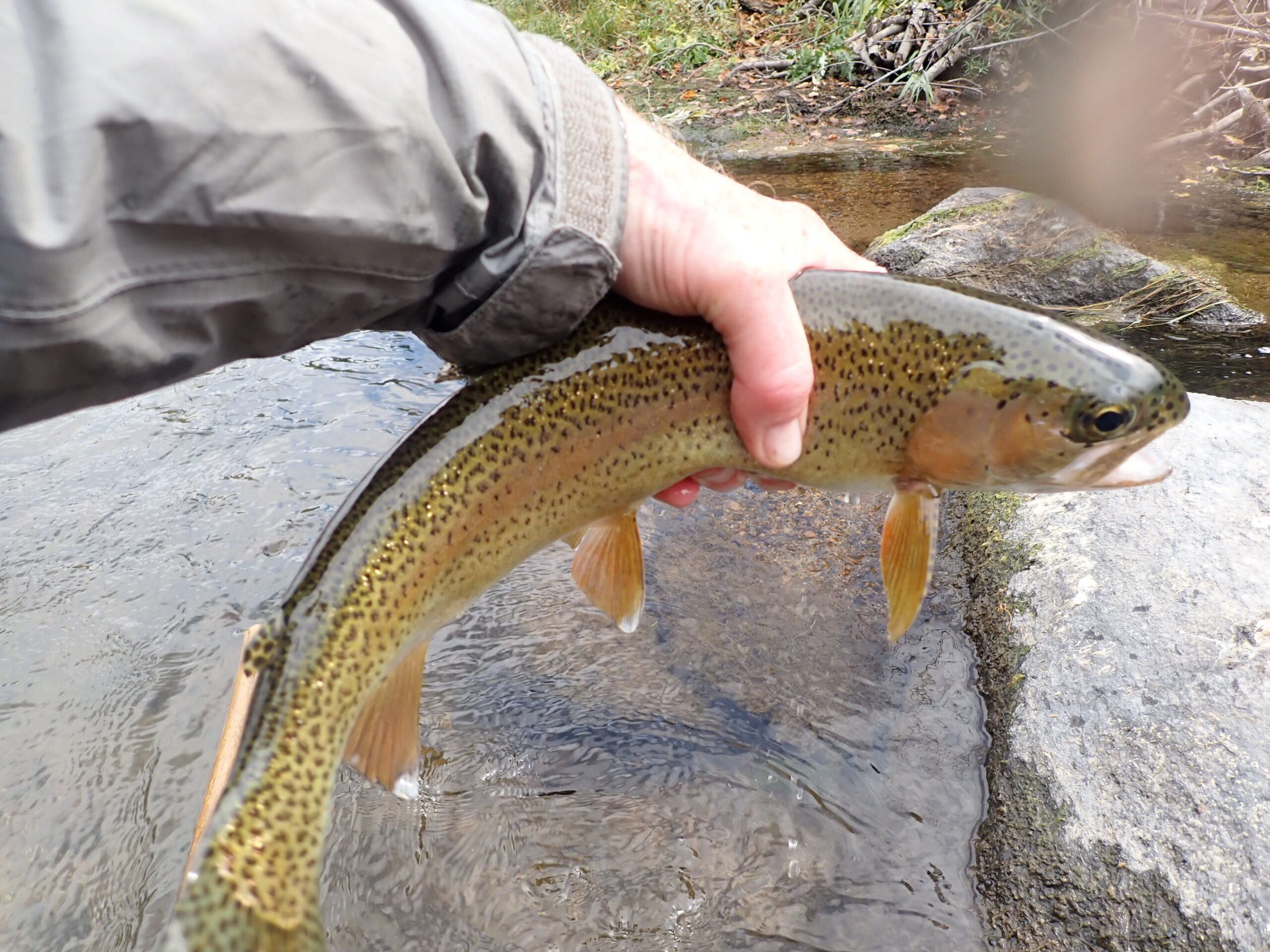 Best of the Day
Best of the Day Headed Home
Headed Home Top of Long, Smooth Pool
Top of Long, Smooth Pool Dry Fly Reward
Dry Fly Reward Lunch View
Lunch View Fifteen Inch Brown Trout
Fifteen Inch Brown Trout First of Two Gorgeous Rainbow Trout
First of Two Gorgeous Rainbow Trout Rainbow Home
Rainbow Home Decent Brown Trout
Decent Brown Trout The Type of Water That Produced
The Type of Water That Produced A Second Splendid Rainbow Trout
A Second Splendid Rainbow Trout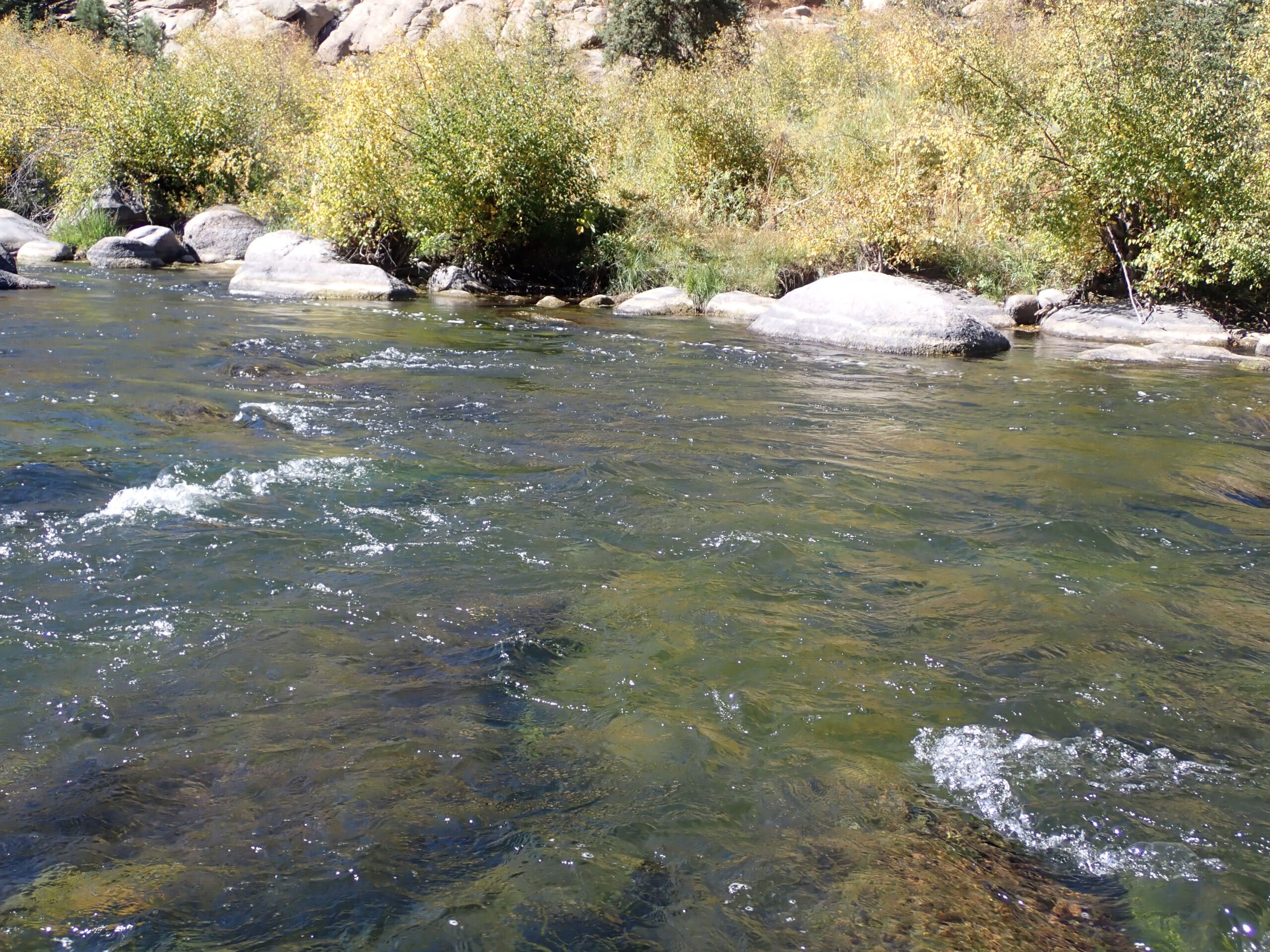 Rainbow Lived in the Run Near the Bank
Rainbow Lived in the Run Near the Bank 130 CFS and Slightly Stained
130 CFS and Slightly Stained First Fish of the Day
First Fish of the Day Rainbow Trout Before Lunch
Rainbow Trout Before Lunch Rising Trout to Blue Wing Olive Hatch in This Area
Rising Trout to Blue Wing Olive Hatch in This Area Late Afternoon Catch
Late Afternoon Catch I Like This Pocket Water Section
I Like This Pocket Water Section Scene of a Couple Rises
Scene of a Couple Rises First Trout Was a Brown
First Trout Was a Brown Home of the Wild Brown Next to the Log
Home of the Wild Brown Next to the Log Type of Water Where I Was Swinging and Lifting
Type of Water Where I Was Swinging and Lifting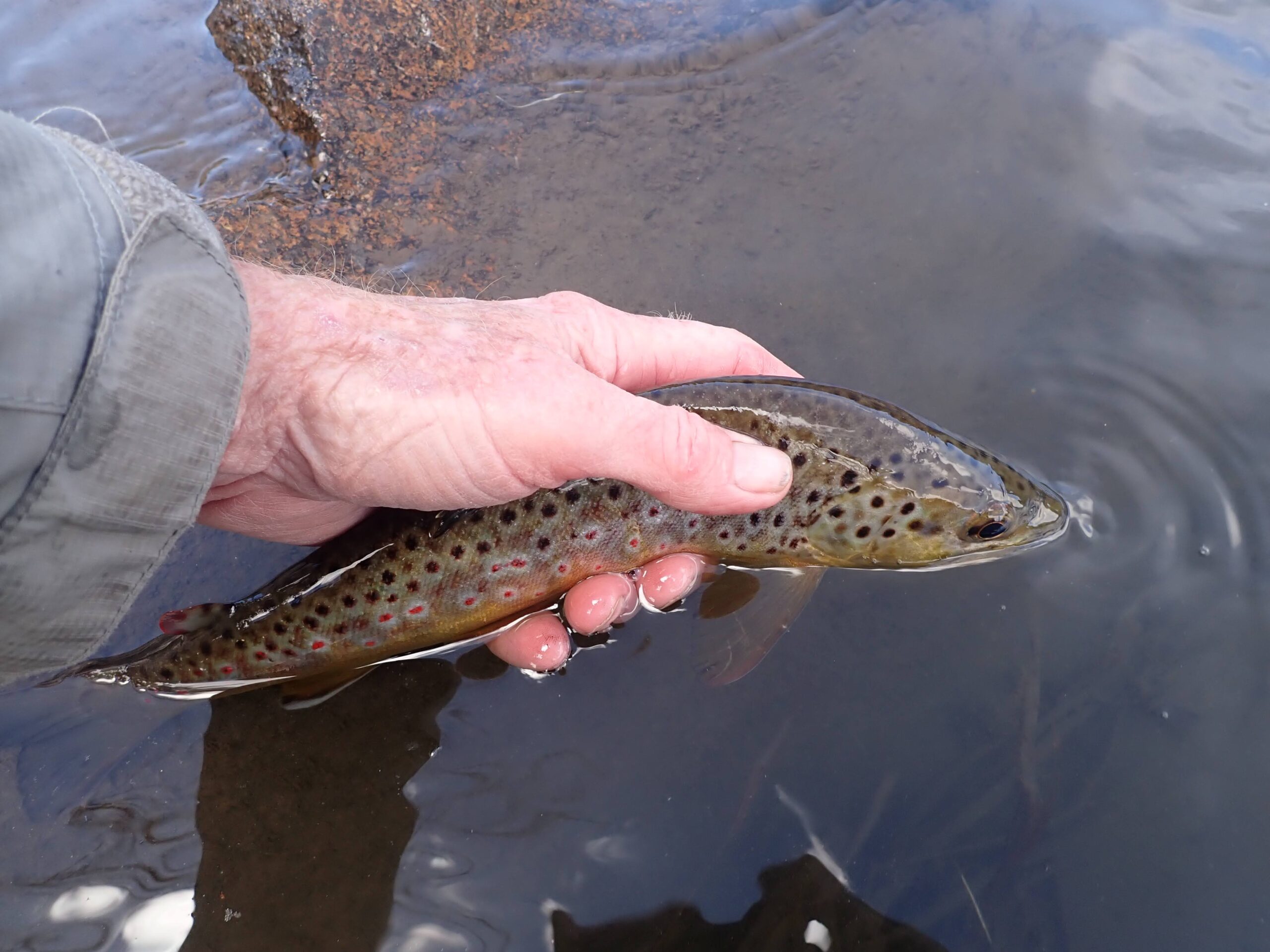 Took 20 Incher on the Swing
Took 20 Incher on the Swing Area Where I First Noticed the Hatch
Area Where I First Noticed the Hatch An Early Dry Fly Eater
An Early Dry Fly Eater Most of My Dry Fly Action Was Here
Most of My Dry Fly Action Was Here A Fine Wild Brown Trout
A Fine Wild Brown Trout Hatch Feeder
Hatch Feeder


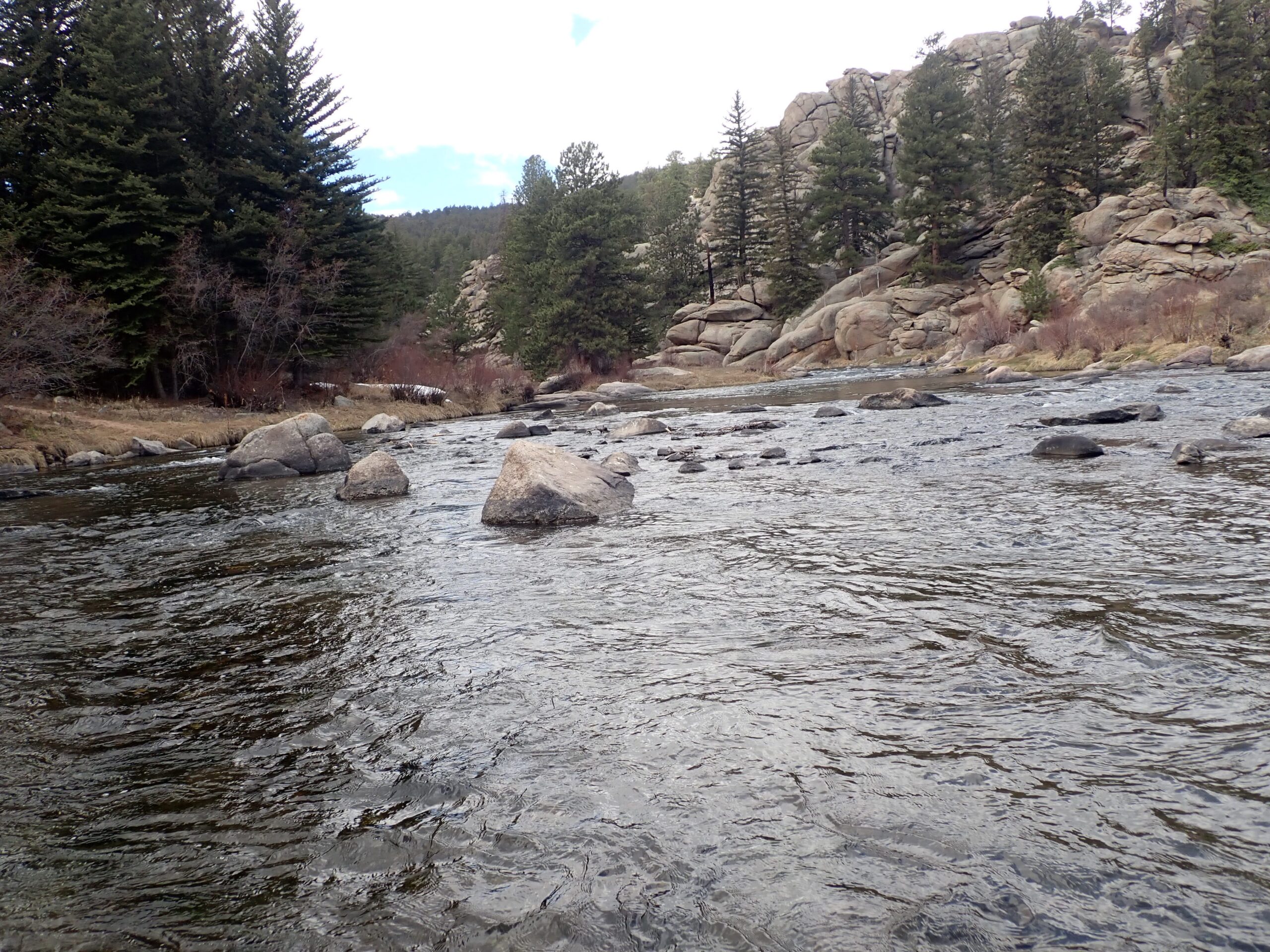






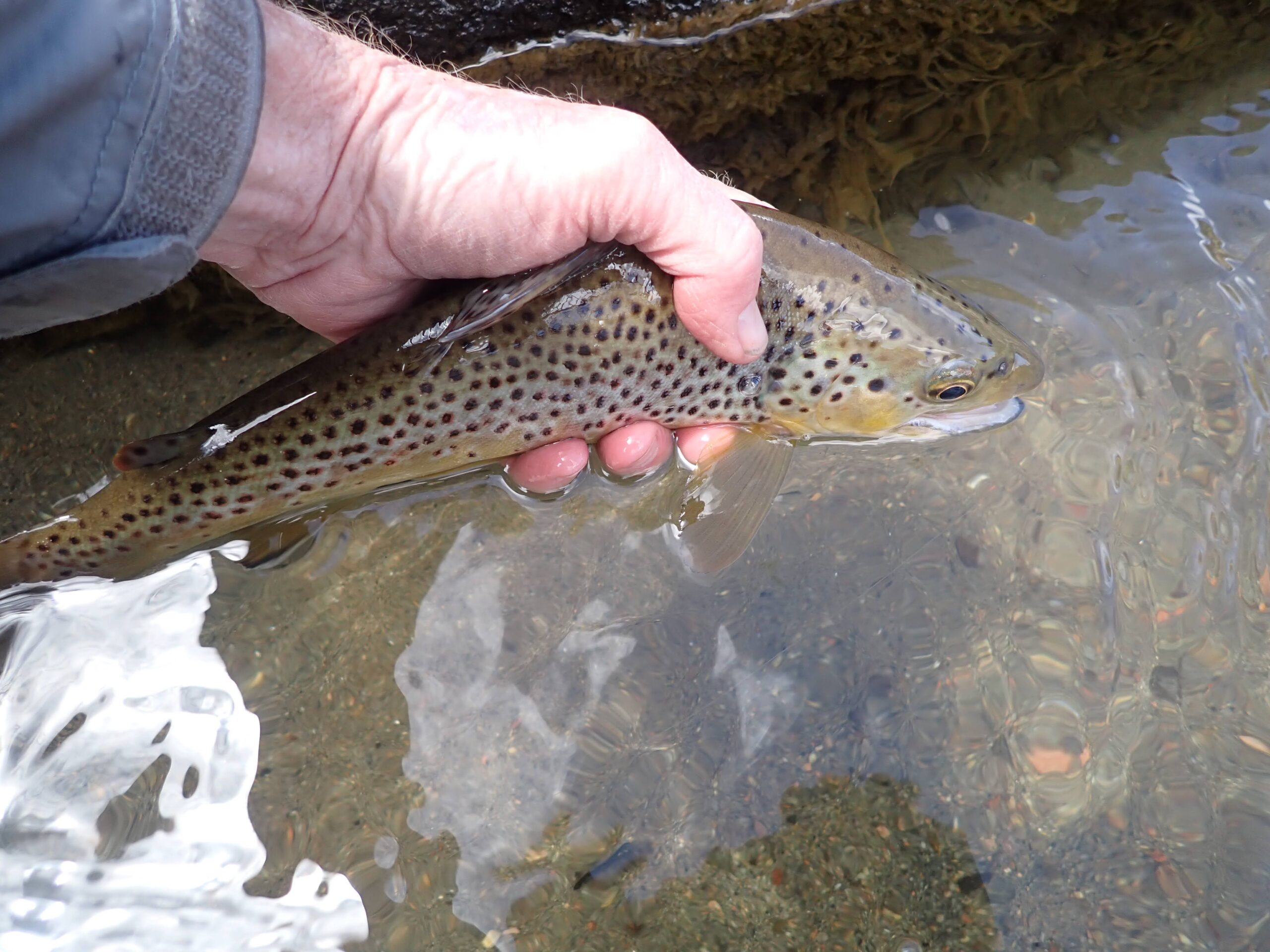





 Injured Bird
Injured Bird